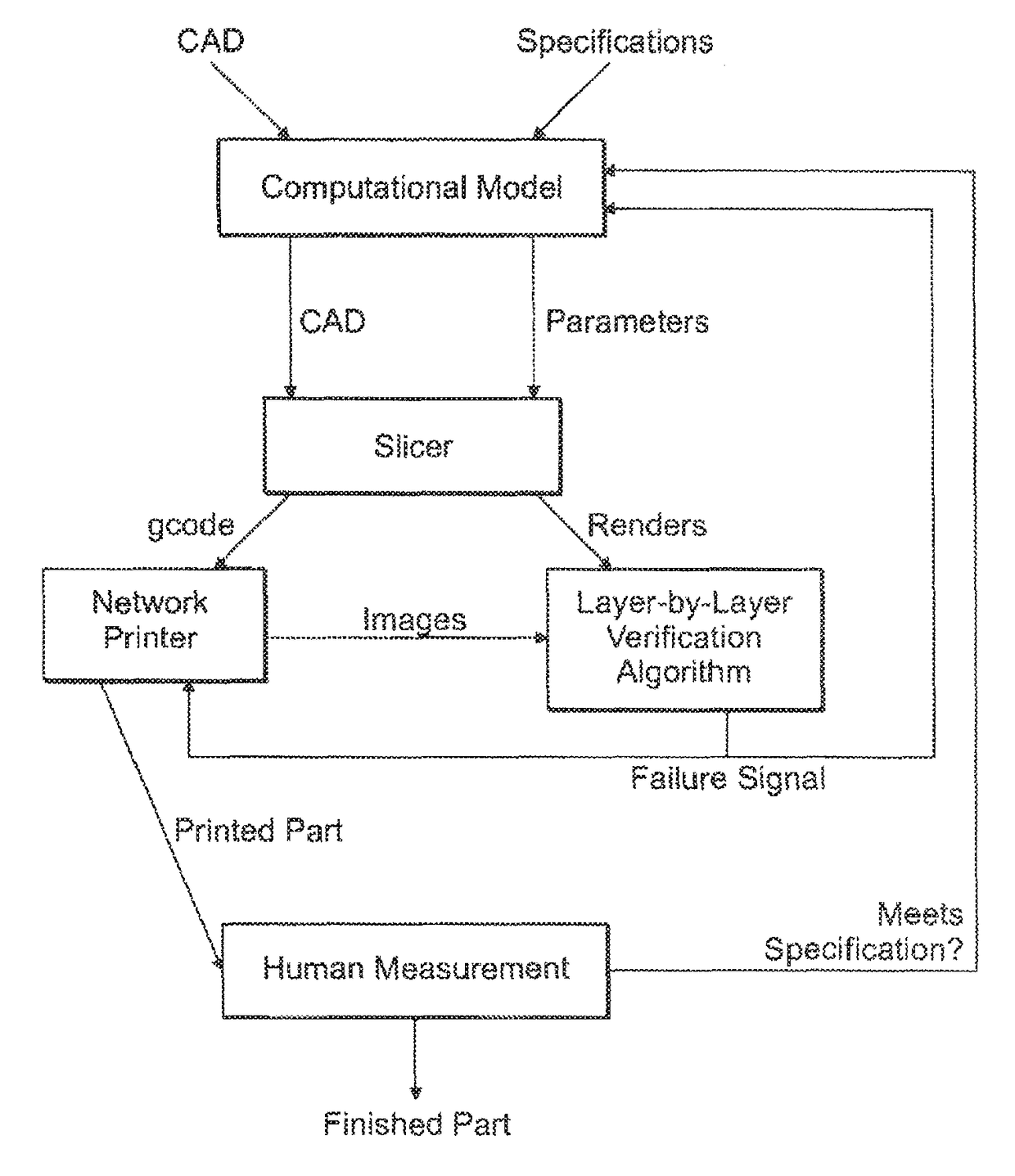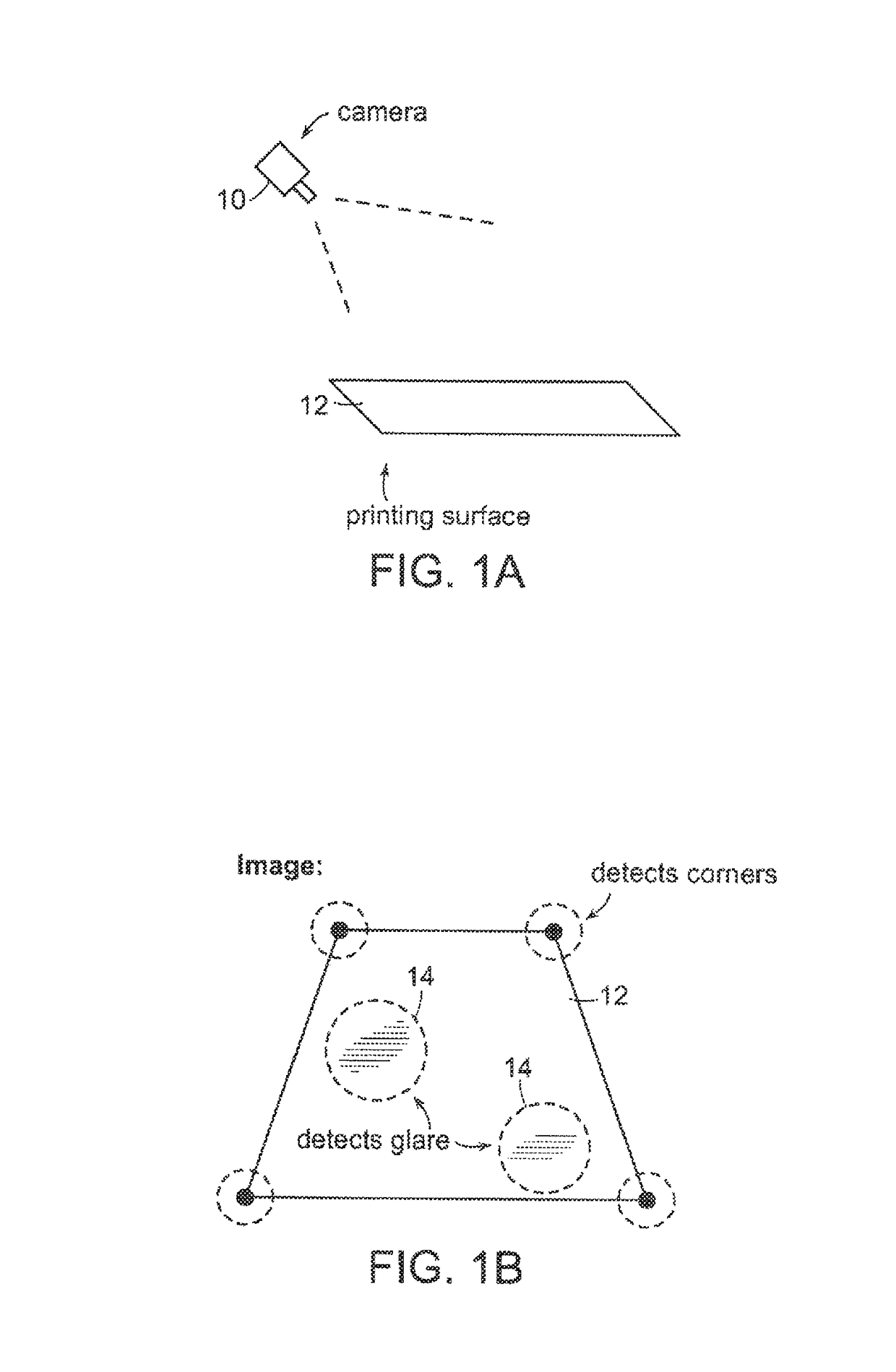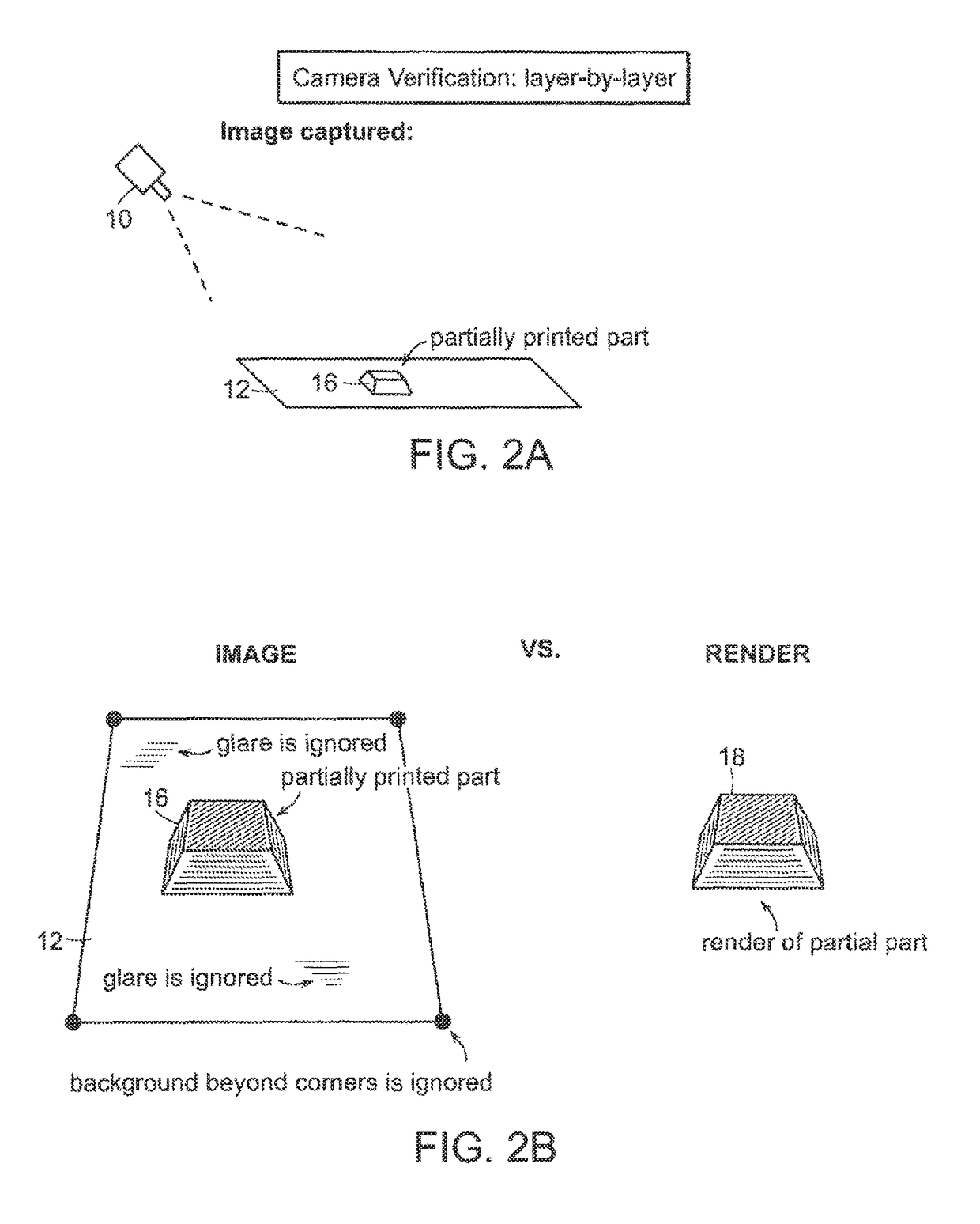Automatic process control of additive manufacturing device
a technology of additive manufacturing and process control, which is applied in the field of general additive manufacturing devices, can solve the problems of preventing the operator from replacing the material cartridge at a non-optimal time, waste of usable materials, and unnecessary machine downtime, and achieves the effect of reducing the number of tools
- Summary
- Abstract
- Description
- Claims
- Application Information
AI Technical Summary
Benefits of technology
Problems solved by technology
Method used
Image
Examples
Embodiment Construction
[0021]Since desktop 3D printers are not completely reliable, fairly robust error detection and correction is necessary for true automation. This patent application discusses several software and hardware techniques to further automate and optimize the 3D printing process.
[0022]Automated Process Control involves building a computational model of the 3D printing process. The goal is to optimally select printing parameters based on the CAD file and dimensional and structural specifications and tolerances. The model is continuously improved by automatically and / or manually evaluating resulting outputs to provide feedback to the computational model.
[0023]Input features are gathered from both the CAD file and user-specified parameters. The CAD file is analyzed to determine relevant characteristics such as cross-sectional area along any closed surface or layer, contact area and perimeter with the printing surface, wall thickness, required support material, and angles of supported features....
PUM
| Property | Measurement | Unit |
|---|---|---|
| volume | aaaaa | aaaaa |
| real time | aaaaa | aaaaa |
| height | aaaaa | aaaaa |
Abstract
Description
Claims
Application Information
 Login to View More
Login to View More - R&D
- Intellectual Property
- Life Sciences
- Materials
- Tech Scout
- Unparalleled Data Quality
- Higher Quality Content
- 60% Fewer Hallucinations
Browse by: Latest US Patents, China's latest patents, Technical Efficacy Thesaurus, Application Domain, Technology Topic, Popular Technical Reports.
© 2025 PatSnap. All rights reserved.Legal|Privacy policy|Modern Slavery Act Transparency Statement|Sitemap|About US| Contact US: help@patsnap.com



